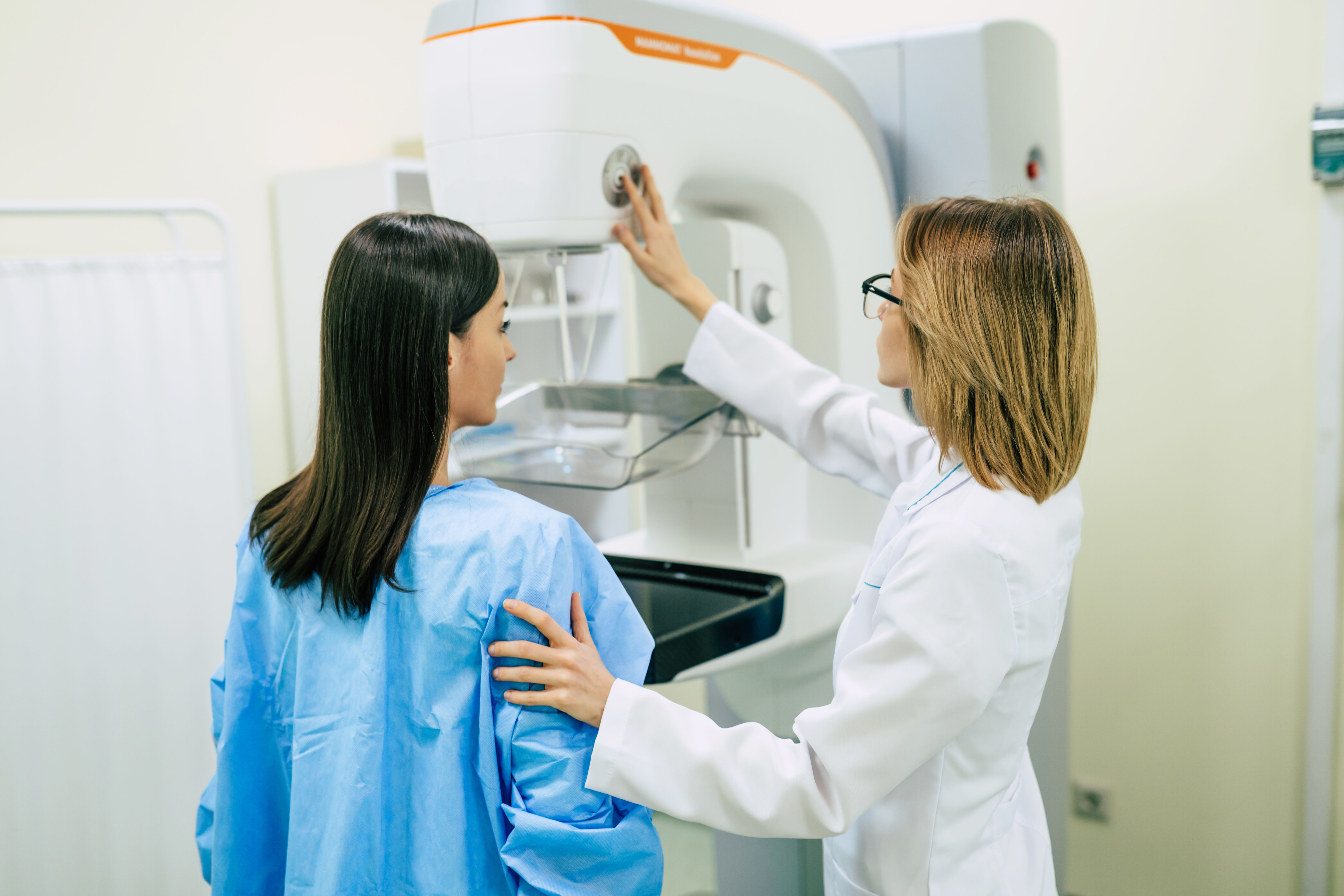This content is sponsored by MedStar Washington Hospital Center.
Coronary artery disease is the most common form of heart disease, which threatens millions of Americans each year. New technology being used at MedStar Washington Hospital Center helps diagnose coronary artery disease so that doctors can make the best decisions for patients’ treatment.
Coronary artery disease – also known as CAD — is the leading cause of death for both men and women and killed 365,914 people in 2017, according to the Centers for Disease Control and Prevention. About 18.2 million adults age 20 and older have it, the CDC said.
CAD develops when cholesterol builds up in the arteries and blocks blood flow, causing chest pain or heart attacks. CAD begins with damage or injury to the inner layer of a coronary artery, which can be caused by things like smoking, high blood pressure, high cholesterol, diabetes or insulin resistance and a sedentary lifestyle.
Tests that identify CAD typically have low accuracy rates. A study published in the American Heart Journal found more than half of patients with suspected CAD who underwent an invasive coronary angiogram – a procedure that uses X-ray imaging to see the heart’s blood vessels – had no need for intervention. This was because there wasn’t a blood flow-limiting blockage found during the procedure.
MedStar Washington Hospital Center is employing the HeartFlow Analysis, a first-of-its-kind non-invasive technology that helps get a better picture of the heart, said Dr. Gaby Weissman, section chief of Clinical Cardiology with MedStar Heart & Vascular Institute at MedStar Washington Hospital Center.
“Historically, cardiac CT has emerged as a powerful and accurate tool to detect coronary artery disease, but it has a limitation in that it cannot sometimes determine how significant of blockage the cholesterol buildup is causing in the arteries,” Dr. Weissman said.
“The HeartFlow Analysis changes this paradigm, allowing us to assess the coronary anatomy, blockages to the coronary arteries, and importantly, the physiological significance of those findings, all with one test. This provides essential information that can help us determine the right approach for a patient through a convenient, non-invasive platform.”
The HeartFlow Analysis takes the patient’s CT scans and creates a personalized 3D model of the patient’s coronary arteries. It then uses powerful computer algorithms to simulate blood flow and assess the extent and the impact of blockages on blood flow to the heart. This detailed information helps doctors determine the next steps in treatment for the patient.
MedStar Washington Hospital Center is the first in Washington, D.C. and central Maryland to adopt the HeartFlow Analysis.
The HeartFlow Analysis has been used for over 60,000 patients with suspected heart disease. In clinical trials, using the HeartFlow Analysis helped identify which patients do and do not need invasive treatment.
Read more about the HeartFlow Analysis in an article on MedStar Washington Hospital Center’s website.







